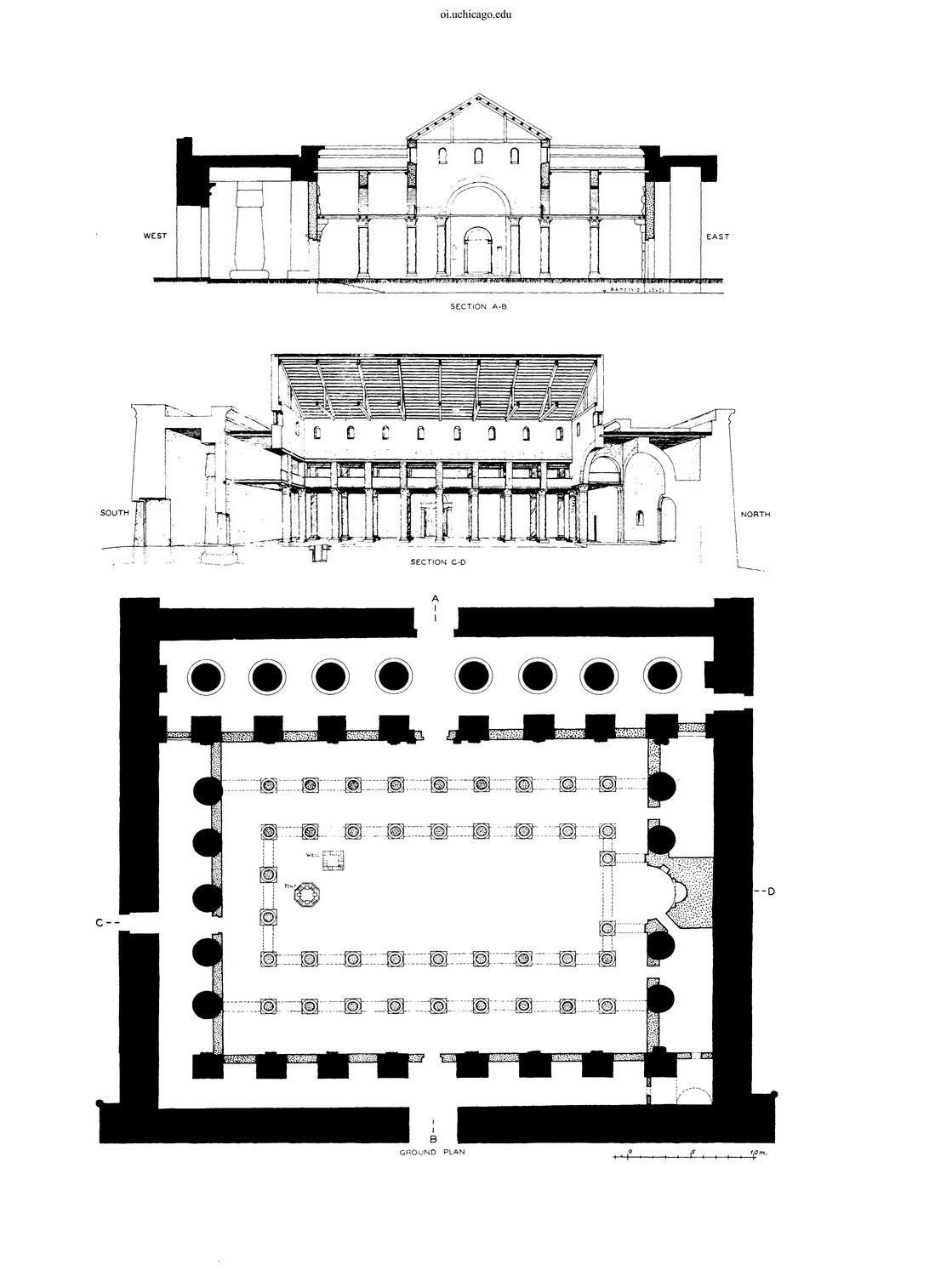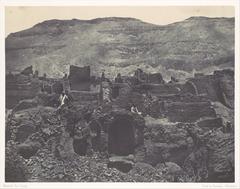
Medinet Habu: Visiting Hours, Tickets, and Historical Sites in Luxor, Egypt
Date: 14/06/2025
Introduction: The Significance of Medinet Habu
Medinet Habu, situated on the west bank of the Nile opposite Luxor, is one of Egypt’s most impressive ancient sites. Primarily known as the mortuary temple of Pharaoh Ramses III, this vast and well-preserved complex is a testament to the religious, military, and administrative might of New Kingdom Egypt (ca. 1550–1070 BCE). Medinet Habu’s monumental architecture, vibrant reliefs, and strategic location at the foot of the Theban Hills make it a must-visit for anyone interested in ancient Egyptian history or architecture.
The temple not only commemorated Ramses III’s reign and military victories but also served as a fortified administrative center and a place of religious devotion. Its walls are adorned with some of the most detailed and colorful reliefs in Egypt, depicting battle scenes, religious ceremonies, and processions dedicated to the god Amun and other deities. Today, Medinet Habu stands as a vital resource for historians and a captivating destination for travelers.
For more on the temple’s history and visitor information, see madainproject.com, egypttoursportal.com, and cairotoptours.com.
Early Origins and Historical Context
The roots of Medinet Habu stretch back to prehistoric times, with the earliest known structure being a small shrine from the Eleventh Dynasty. Its prominence grew during the New Kingdom, especially in the reign of Ramses III (ca. 1186–1155 BCE). Ramses III’s temple was designed not only as a mortuary temple but also as a defensive stronghold and an administrative hub, as evidenced by its massive mudbrick walls and strategic location (madainproject.com; egypttoursportal.com).
Planning, Layout, and Construction
Site Layout and Scale
Medinet Habu covers approximately 66,000 square meters, making it the second-largest ancient temple in Egypt after Karnak (Egypt Insights). Its main temple measures about 200 by 320 meters and is enclosed by 18-meter-thick mudbrick walls, which provided protection for both the temple and the administrative quarters (Spotting History). The temple’s axis runs east-west, with the main entrance facing the Nile.
Architectural Features
The entrance is marked by the imposing Migdol gate—a three-story structure inspired by Asiatic fortresses. This gate served both ceremonial and defensive purposes, with upper floors housing royal quarters (cairotoptours.com).
Beyond the gate, visitors proceed through the First and Second Pylons, both decorated with vivid reliefs of battle scenes and religious rituals. Inside, the temple features open courtyards, a hypostyle hall with painted columns, sanctuaries, chapels, storerooms, and a royal palace—demonstrating a unique blend of religious, military, and residential functions (Egypt Insights).
Construction Techniques and Materials
Constructed primarily from locally quarried sandstone, Medinet Habu’s architecture demonstrates advanced ancient Egyptian engineering. The thick, high walls offered both structural stability and defense. Reliefs and inscriptions, originally painted with mineral-based pigments like ochre and malachite, still show traces of their original colors (exploreluxor.org; Tom Henty’s Travel).
Multifunctional Role and Historical Importance
Religious and Funerary Functions
Primarily dedicated to Amun, Medinet Habu served as Ramses III’s mortuary temple, hosting daily rituals, festivals, and offerings meant to ensure the king’s eternal life and divine favor. The temple’s reliefs record these ceremonies in remarkable detail (egyptmythology.com).
Military and Administrative Center
Medinet Habu functioned as a military fortress and administrative center, providing refuge during invasions and unrest. Its walls and gates, military reliefs, and on-site administrative buildings emphasize its significance in Egypt’s defense and governance (cairotoptours.com; egypttoursportal.com).
Later Uses
In the Christian era, parts of the complex were converted into churches, and the site remained a center of settlement well into the medieval period (cairotoptours.com).
Artistic and Archaeological Legacy
Medinet Habu is renowned for its exceptionally well-preserved reliefs and inscriptions, many retaining their original colors. Military scenes, such as the defeat of the Sea Peoples, are among the most detailed historical records of the era (The World Travel Guy). The temple’s art and iconography influenced subsequent Egyptian and Roman architecture and art (Egypt Mythology). Archaeological excavations have uncovered statues, stelae, and everyday objects, adding to our understanding of the Twentieth Dynasty (egyptmythology.com).
Visiting Medinet Habu: Practical Information
Location and Access
Medinet Habu is on Luxor’s west bank, about 5 km from the city center and near other major sites such as the Valley of the Kings and Ramesseum. Taxis, private cars, and organized tours are the best ways to reach the site (egypttoursinfo.com).
Visiting Hours
- Summer (April–September): 6:00 am – last entry at 5:00 pm
- Winter (October–March): 6:00 am – last entry at 4:00 pm
- Ramadan: 6:00 am – last entry at 4:00 pm
Early morning visits are best to avoid crowds and heat.
Ticket Prices (as of June 2025)
- Egyptian/Arab Nationals: Adults EGP 20, Students EGP 10
- Other Nationalities: Adults EGP 200, Students EGP 100
Carry valid student ID for discounts, and bring cash in Egyptian pounds as card payment may not be available (egypttoursinfo.com).
Accessibility
The site features uneven terrain and steps, making accessibility challenging. Some pathways are suitable for visitors with mobility concerns, but assistance is recommended. Consult tour operators for tailored support (egypttoursinfo.com).
Facilities
- Restrooms near entrance
- Vendors selling water and snacks outside
- Limited shaded seating
- Parking for cars and tour buses
Guided Tours
Hiring a licensed guide or joining a group tour is highly recommended for in-depth historical and artistic insights. Guides can be arranged at the entrance or via tour operators (egypttoursinfo.com).
Safety and Etiquette
- Watch for uneven ground and low doorways
- Dress modestly and respect local customs
- Do not touch or climb on monuments
- Maintain a quiet, respectful atmosphere
Exploring the Site: Visitor Flow and Highlights
- Enter through the monumental first pylon
- Explore open courtyards, hypostyle halls, and the remains of the royal palace
- Allow 1.5–2 hours for a thorough visit
- Don’t miss the vibrant reliefs, especially those depicting the Sea Peoples battle
Photography and Souvenirs
Photography is allowed for personal use, but flash and tripods may be restricted in some areas. Always check signage. Souvenirs and local crafts are available from vendors near the entrance—support local artisans but avoid antiques or products from endangered species (egypttoursinfo.com).
Travel and Comfort Tips
- Wear light clothing, a hat, and sunscreen
- Bring a refillable water bottle
- Comfortable shoes are essential
- The best times to visit are early morning or late afternoon
Nearby Attractions
Combine your visit with the Valley of the Kings, Ramesseum, and Colossi of Memnon for a comprehensive West Bank experience (egypttoursinfo.com).
Frequently Asked Questions (FAQ)
Q: Can I buy tickets online?
A: Tickets are purchased on-site; bring cash in Egyptian pounds.
Q: Is Medinet Habu suitable for children?
A: Yes, but supervise children due to uneven surfaces.
Q: Are there photography restrictions?
A: Flash and tripods may be restricted; check posted signs.
Q: Is the site wheelchair accessible?
A: Accessibility is limited; consult tour operators for assistance.
Preservation and Modern Significance
Ongoing conservation—led by institutions such as the University of Chicago’s Oriental Institute—ensures Medinet Habu’s architectural and artistic treasures are preserved for future generations (Egypt Insights). Visitors support these efforts through responsible tourism and entrance fees.
Conclusion and Visitor Recommendations
Medinet Habu offers a remarkable window into ancient Egypt’s grandeur, blending religious, military, and administrative history within a single, awe-inspiring complex. Its vivid reliefs and monumental architecture make it an essential stop on any Luxor itinerary. To maximize your experience, visit early or late in the day, consider a guided tour, and use digital resources such as the Audiala app for real-time updates and expert commentary.
For more detailed guides and related articles, see:
Explore, learn, and be inspired at Medinet Habu—one of Egypt’s most iconic and well-preserved temples.































































